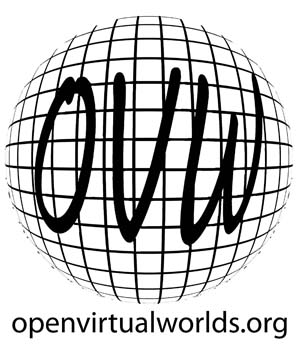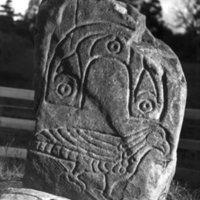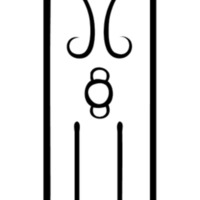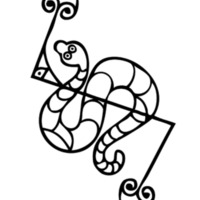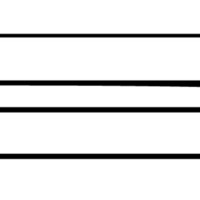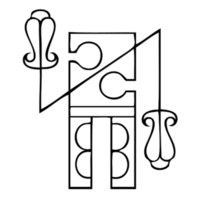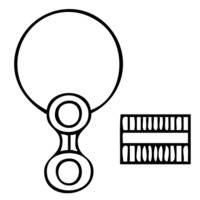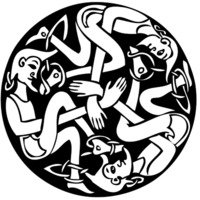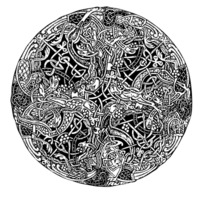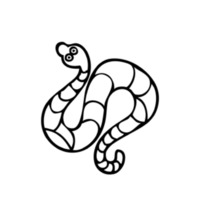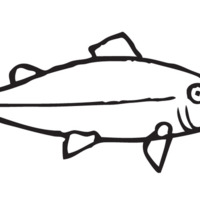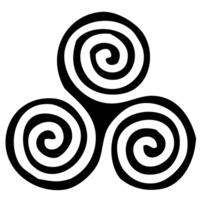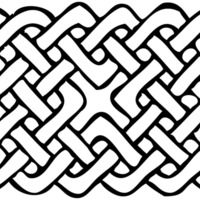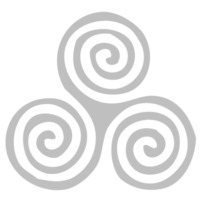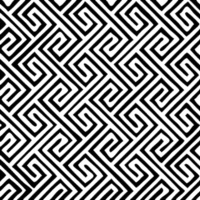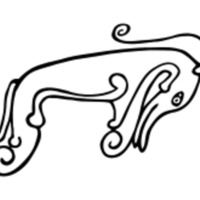Browse Items (26 total)
- Tags: Pictish Symbols
Sort by:
Motif with Triple Disc
The triple disc is a Pictish symbol of unknown meaning, that is found on Class I and Class II Pictish stones.
The symbol is found in various combinations with other symbols, notably with the crescent and v-rod. The symbol is constructed from a…
The symbol is found in various combinations with other symbols, notably with the crescent and v-rod. The symbol is constructed from a…
Tags: Groam House, Pictish Symbols
Serpent & Z-rod
The serpent or snake, is thought to be a symbol of medicine/healing, although this is unknown.
The Z-rod, like the V-rod, may represent a broken arrow or spear, but again this is a Pictish symbol of unknown meaning.
The Z-rod, like the V-rod, may represent a broken arrow or spear, but again this is a Pictish symbol of unknown meaning.
Tags: Groam House, Pictish Symbols
Motif and Z-rod
This symbol is known as the rectangular Motif and Z-Rod, again, this Pictish symbol is of unknown meaning.
Also sometimes a square shaped motif with Z-rod symbol is represented.
It is thought that the rectangle in the centre of the lower…
Also sometimes a square shaped motif with Z-rod symbol is represented.
It is thought that the rectangle in the centre of the lower…
Tags: Groam House, Pictish Symbols
Double Disc Z-Rod
The double disc is a Pictish symbol of unknown meaning, that is frequently found on Class I and Class II Pictish stones, as well as on Pictish metalwork. The symbol can be found with and without an overlaid Z-rod (also of unknown meaning), and in…
Tags: Groam House, Pictish Symbols
Mirror and Comb
Another object commonly inscribed on Pictish stones is the mirror, often paired with a comb.
The comb and mirror are thought to be symbols of female wealth and prestige, and may denote a woman’s memorial, although they are also heavily associated…
The comb and mirror are thought to be symbols of female wealth and prestige, and may denote a woman’s memorial, although they are also heavily associated…
Tags: Groam House, Pictish Symbols
Human Figures
The representations of human figures by Celtic Artists were influenced by the Pagan Laws that forbade the copying of the works of the Almighty Creator. In Celtic Zoomorphic ornaments the physical appearance of man was not copied. His legs, arms,…
Tags: George Bain, Groam House, Pictish Symbols
Plant Forms
The reference to the plant forms which rarely occur in the Book of Kells and not at all in the Book of Durrow and Lindisfarne, have been used to prove that the two latter books belong to an earlier period. It is the author’s opinion (George Bain),…
Tags: George Bain, Groam House, Pictish Symbols
Interlace
According to artist George Bain, Religion and Pagan laws had the greatest influence on the art form of Celtic knots, playing an important role in there design.
The interlacing of human form and Celtic knots evolved from laws forbidding drawing…
The interlacing of human form and Celtic knots evolved from laws forbidding drawing…
Tags: George Bain, Groam House, Pictish Symbols
Spirals
The noble spirals of Aberlemno, Shandwick, Tarbat, Hilton of Cadboll, Nigg the Tara Brooch, and the Ardagh chalice led the way to the great art of the scribes, who produced the supreme masterpieces of the world’s decoration of books, profusely…
Tags: George Bain, Groam House, Pictish Symbols
Snake
The serpent or snake, is thought to be a symbol of medicine and healing, although this is unknown.
The snake symbol can also be found with a Z-rod through it.
The snake symbol can also be found with a Z-rod through it.
Tags: Pictish Symbols
Fish
The fish symbol is also known as the Salmon, it may be symbolic of wisdom and prophecy.
Salmon figure prominently in Celtic mythological tales, they often inhabited the sacred wells, feeding on the fruits (often, hazelnuts) of the tree of life.
Salmon figure prominently in Celtic mythological tales, they often inhabited the sacred wells, feeding on the fruits (often, hazelnuts) of the tree of life.
Tags: Pictish Symbols
Knot-work
Tags: Pictish Symbols
Key Pattern
Key Patterns (repeated vertical and horizontal lines).
Know here as the Key Pattern, or a meander or meandros (Greek: Μαίανδρος) it is a decorative border constructed from a continuous line, shaped into a repeated motif. Such a design is also…
Know here as the Key Pattern, or a meander or meandros (Greek: Μαίανδρος) it is a decorative border constructed from a continuous line, shaped into a repeated motif. Such a design is also…
Tags: Pictish Symbols
The Pictish Beast
The most common animal symbol of all is the Pictish Beast.
The Pictish Beast (sometimes Pictish Dragon or Pictish Elephant) is an artistic representation of an animal depicted on Pictish symbol stones. It is not easily identifiable with any real…
The Pictish Beast (sometimes Pictish Dragon or Pictish Elephant) is an artistic representation of an animal depicted on Pictish symbol stones. It is not easily identifiable with any real…
Tags: Pictish Symbols
Horse
The horse was a tremendously important animal to the Celtic tribes, and its domestication transformed the Celtic culture Horses were used for meat and milk and provided labor for farming and transportation, making for huge advances in hunting and…
Tags: Pictish Symbols
